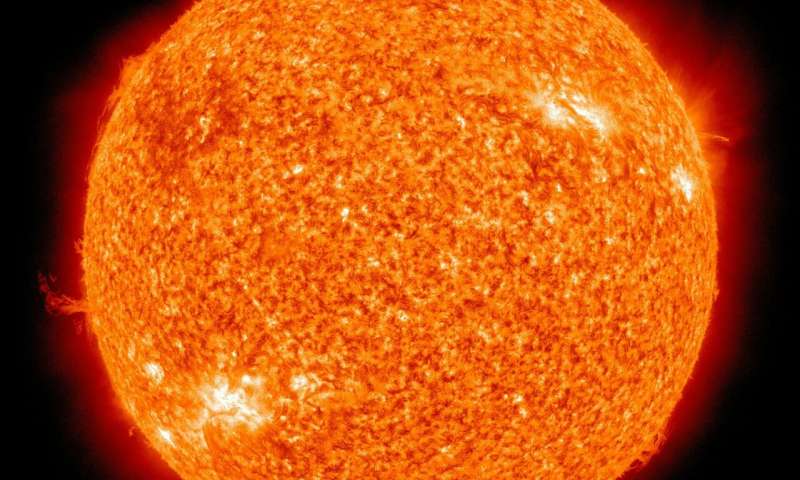HOME
Researchers discover triple-layered leading-edge of solar coronal mass ejections

In a study published in The Astrophysical Journal, Dr. MEI Zhixing in Yunnan Observatories of the Chinese Academy of Sciences and his colleagues reported a Magnetohydrodynamical (MHD) numerical study on the coronal mass ejection (CME). They presented a high-resolution 3-D resistive MHD simulation to investigate the large-scale structure of the CME due to the eruptive solar prominence/filament, and discovered the triple-layered leading-edge of solar coronal mass ejections.
Coronal mass ejections (CMEs) usually result from rapidly erupting magnetic flux ropes (MFRs). Observations from white-light coronagraphs and extreme-ultraviolet (EUV) passbands demonstrated that 30% of CMEs have three components, a bright leading front enclosing a dark cavity, which contains a bright core.
At present, it still remains an open question as to how these erupting MFRs evolve into the typical CMEs with three components. For the CME front/leading edges, early theory regarded the CME front as a fast-mode MHD wave. Later, the CME front was interpreted as coronal plasma pileup in front of the eruptive MFR. Recently, researcher relates the non-wave components of EUV disturbances with the expanding CME leading edges.
The researchers in this study carried out a 3-D resistive MHD numerical simulation based on the flux-rope model of the prominence/filament eruption, and put emphasis on the detailed 3-D magnetic structure of a coronal mass ejection.
News Source